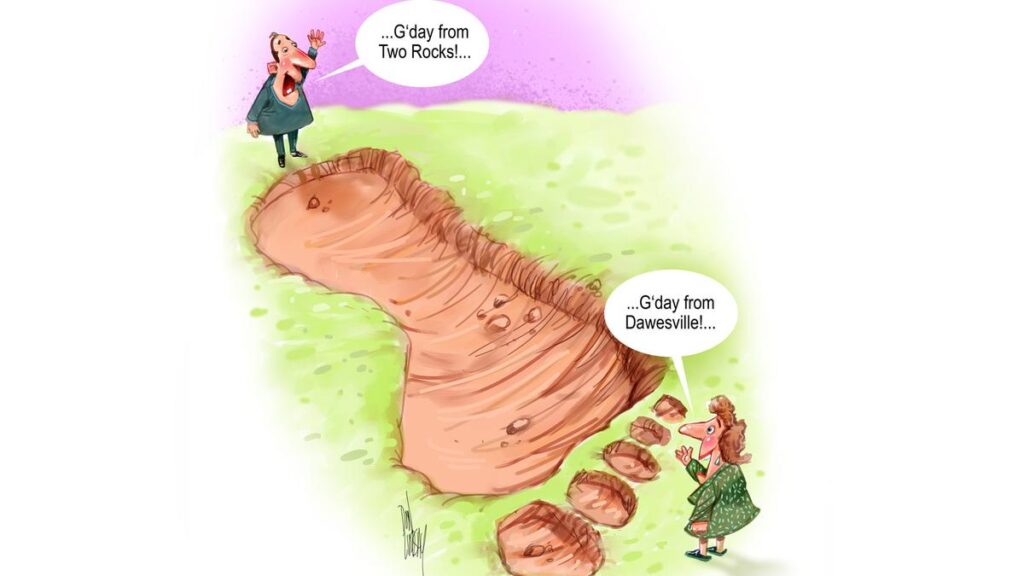
Metropolitan Area Footprint Illustration: Don Lindsay
UPDATE: New research reveals that Perth could face a significant housing crisis if urban planning does not shift towards infill development. According to property expert Gavin Hegney, if the government meets its goal of 47% of new dwellings within existing suburbs, Perth’s metropolitan boundary would need to expand an alarming 27 kilometers north and south and 6 kilometers east to accommodate a projected population in 50 years.
This urgent situation places Perth’s future at risk, as unchecked urban sprawl could transform it into a sprawling city stretching 200 kilometers along the coast. The environmental consequences of losing green spaces for future generations are dire, with children potentially losing access to natural experiences like camping trips and sightings of wildlife.
The ongoing opposition from residents against high-rise developments raises concerns about the community’s understanding of urban growth. Without vertical expansion, Perth risks becoming a victim of endless suburbia, which could devastate its character and livability.
Rockingham is emerging as a potential solution. Mayor Lorna Buchan has announced plans for residential towers of up to 24 storeys on the foreshore and 12 storeys in the city center. This strategic development aligns with the $70 billion worth of projects planned in the South West corridor, including AUKUS and Westport, positioning Rockingham as a key satellite city for job growth in Western Australia.
Perth’s current urban sprawl model, which has dominated for the past 80 years, is no longer sustainable. The city’s metropolitan footprint, already the longest in the world, faces limitations due to crucial conservation areas like Wilbinga to the north and Yalgorup National Park to the south. These protected areas hinder any further expansion, making it clear that the city must consider alternative growth strategies.
Critics of infill development argue that there is ample vacant land in Perth’s eastern suburbs, but this notion overlooks the complexities of zoning and infrastructure. Areas like Karabooda, Nowergup, and parts of the Swan Valley are designated for agriculture and conservation, complicating any transition to urban development. Furthermore, according to the Curtin University’s Sustainability Policy Institute, every new dwelling on the urban fringe costs taxpayers an additional $90,000 compared to infill housing.
In summary, Perth is at a critical juncture. The city must embrace high-rise developments and infill strategies to avoid a future dominated by urban sprawl. The consequences of inaction could reshape Perth’s landscape and quality of life for generations to come.
Urgent action is needed to ensure that Perth grows responsibly. The community must engage in discussions about sustainable urban planning to safeguard their city’s future and preserve its unique character. As these developments unfold, all eyes will be on local leadership to make decisive moves towards a sustainable Perth.







